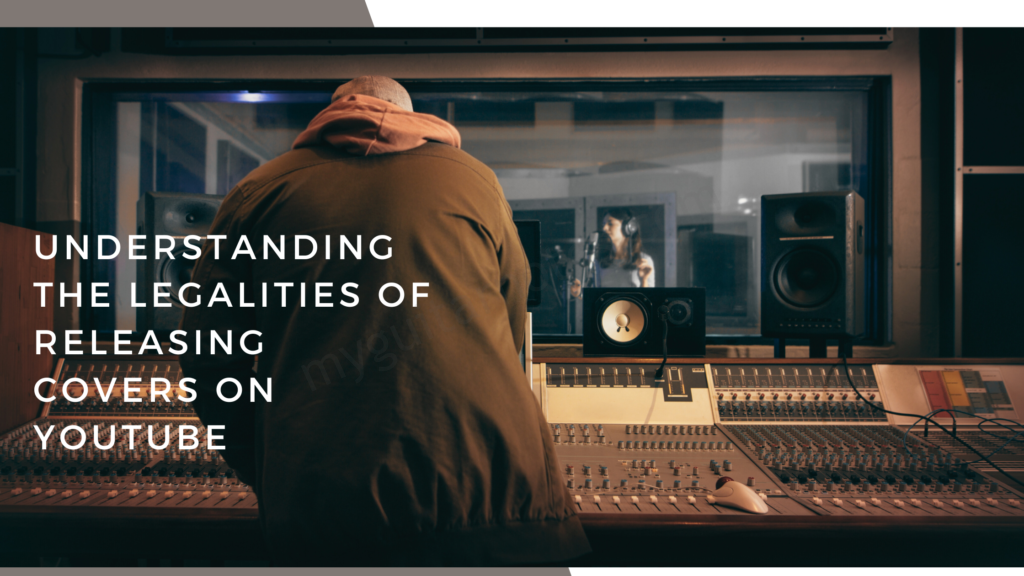Understanding the Legalities of Releasing Covers on YouTube

Introduction
In the realm of music promotion, releasing covers on YouTube was once a popular strategy for gaining organic growth and building a brand. Artists like Boyce Avenue, Tyler Ward, and Postmodern Jukebox utilized this approach to great success. However, as the music industry evolved, legal considerations surrounding cover songs became more prominent. In this article, we will delve into the essential legal aspects that musicians and bands need to be aware of when uploading covers on YouTube. From copyright issues to licensing requirements, we will provide valuable insights to help navigate this terrain effectively.
The Transition from Physical Formats to Digital Platforms
Traditionally, obtaining permission from the rights owner was necessary when recording and releasing a cover song on physical formats like CDs or vinyl records. However, with the advent of streaming platforms and YouTube, the concept of fair use gained prominence. Fair use refers to the circumstances in which one is allowed to use someone else’s copyrighted material. This shift brought about the need for licenses to legally upload covers on YouTube.
The Role of Licenses and Obtaining Permissions
To answer the question of whether a license is required to upload a cover on YouTube, the answer is technically yes. However, it’s worth noting that many artists and labels are generally supportive of cover songs on YouTube as they provide additional publicity. Nevertheless, some rights holders might not be as receptive and could issue copyright claims or block the content entirely.
Understanding Different Outcomes
When uploading a cover on YouTube, there are three potential outcomes. First, nothing happens, and the video remains untouched. Second, the video may be claimed, resulting in demonetization. Demonetization means that any revenue generated by the video goes directly to the copyright holder. The third possibility is that the video is blocked and subsequently removed from YouTube entirely. In such cases, an appeal process may be available, but it could also lead to a copyright strike against the uploader.
Financial Gain and Legal Implications
Even if you’re not monetizing your channel or making any money from your cover, it does not absolve you from legal implications. Unauthorized use of someone else’s copyrighted material, regardless of financial gain, can still be considered infringement. Merely using someone else’s property without permission constitutes a violation of copyright law.
Detection and Identification
Various methods are employed to detect unauthorized use of copyrighted material on YouTube and other social media platforms. Automated systems, similar to Shazam, analyze tracks for similarities, taking into account factors such as tempo, key, and even melodic changes. Altering these elements may make the cover unique, but it does not necessarily exempt it from copyright claims or potential legal consequences.
Conclusion
Releasing covers on YouTube can be a powerful tool for musicians and bands to gain exposure and connect with their audience. However, it is crucial to understand the legal implications and navigate the intricacies of copyright and licensing. While some rights holders are supportive of covers, others may issue copyright claims or block the content. Therefore, it is advisable to seek proper permissions and licenses when uploading covers on YouTube to ensure compliance with copyright laws and minimize the risk of legal consequences.


